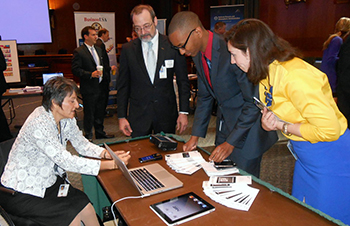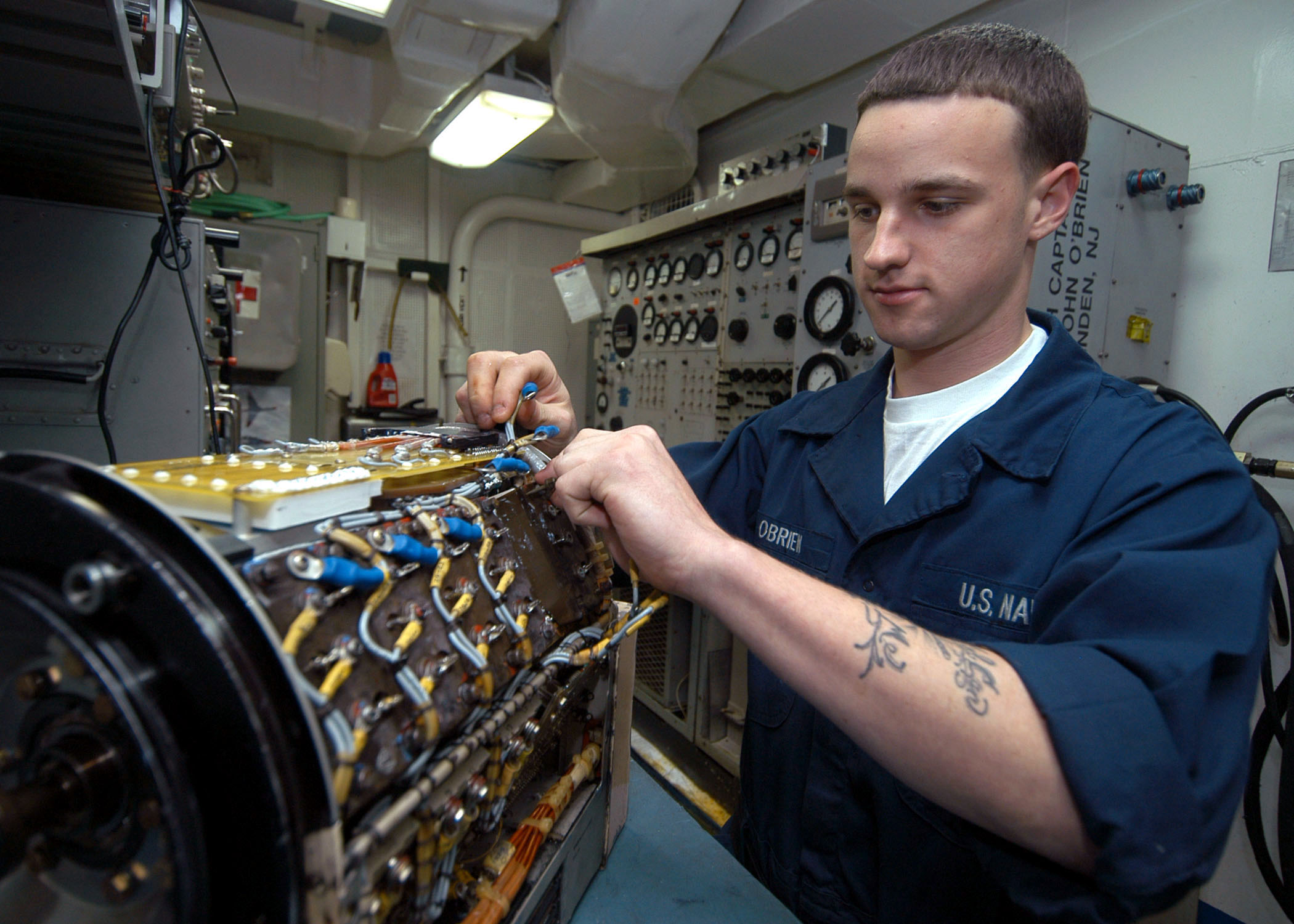In today’s diverse society, effective communication is crucial, especially in healthcare settings where understanding can significantly impact patient outcomes. One essential aspect of this communication is the provision of sign language interpretation for hospitals. This service plays a vital role in ensuring that deaf and hard-of-hearing patients receive the same level of care and attention as their hearing counterparts.
Hospitals are often bustling environments where clear communication is paramount. When patients cannot effectively communicate their symptoms, medical history, or concerns, it can lead to misdiagnoses, inappropriate treatments, and overall dissatisfaction with the healthcare experience. This is where sign language interpreters become invaluable. By facilitating communication between healthcare providers and patients, interpreters help bridge the gap and ensure that patients’ needs are understood and met.
The benefits of having sign language interpretation in hospitals extend beyond just basic communication. For many deaf and hard-of-hearing individuals, the ability to express themselves in their native language—American Sign Language (ASL) or another sign language—can significantly enhance their comfort and trust in the healthcare system. When patients feel understood, they are more likely to engage in their care actively and adhere to treatment plans. This engagement can lead to better health outcomes and overall satisfaction with the healthcare experience.
Moreover, having qualified interpreters available in hospitals is not just a matter of convenience; it is often a legal requirement. The Americans with Disabilities Act (ADA) mandates that healthcare providers take appropriate steps to ensure effective communication with individuals with disabilities. This includes providing sign language interpretation when necessary. Failing to comply with these regulations can lead to legal repercussions for healthcare facilities and, more importantly, can adversely affect patient care.
Training and certification for sign language interpreters are also crucial. Interpreters must not only be fluent in sign language but also possess a solid understanding of medical terminology and the healthcare system. This specialized knowledge enables them to accurately convey complex medical information without losing meaning. Hospitals should prioritize hiring certified interpreters or partnering with agencies that provide professional sign language interpretation services. For a comprehensive understanding of the importance of these services, explore resources on sign language interpretation for hospitals.
In addition to in-person interpretation, hospitals are increasingly utilizing technology to enhance communication for deaf and hard-of-hearing patients. Video Remote Interpreting (VRI) allows patients to connect with interpreters via video conferencing, providing immediate access to interpretation services. This technology can be especially beneficial in situations where an in-person interpreter is not available, ensuring that patients can still communicate effectively with their healthcare providers.
Furthermore, hospitals can take proactive steps to create an inclusive environment for deaf and hard-of-hearing patients. This includes staff training on basic sign language skills, awareness of the needs of these patients, and the implementation of visual aids to assist with communication. By fostering an environment that values accessibility, hospitals can improve the overall patient experience and promote health equity.
As the healthcare landscape continues to evolve, the demand for effective communication strategies will only grow. The integration of sign language interpretation services in hospitals is a critical step toward ensuring that all patients receive equitable care. By recognizing the importance of these services and committing to their implementation, healthcare facilities can significantly enhance the quality of care for deaf and hard-of-hearing individuals.
In conclusion, sign language interpretation for hospitals is not just a service; it is a necessity that enhances communication, improves patient outcomes, and ensures compliance with legal requirements. As we move forward, it is essential for healthcare providers to prioritize these services and create an inclusive environment that meets the needs of all patients. For more information on how to implement effective sign language interpretation services in healthcare settings, visit sign language interpretation for hospitals.




